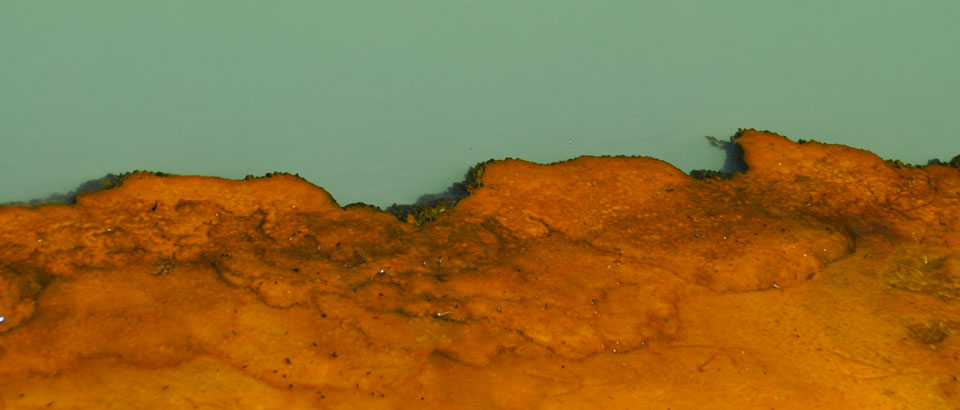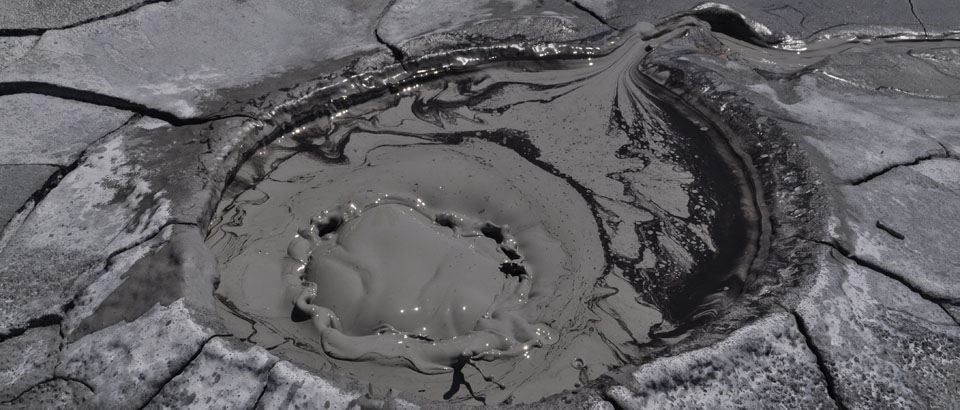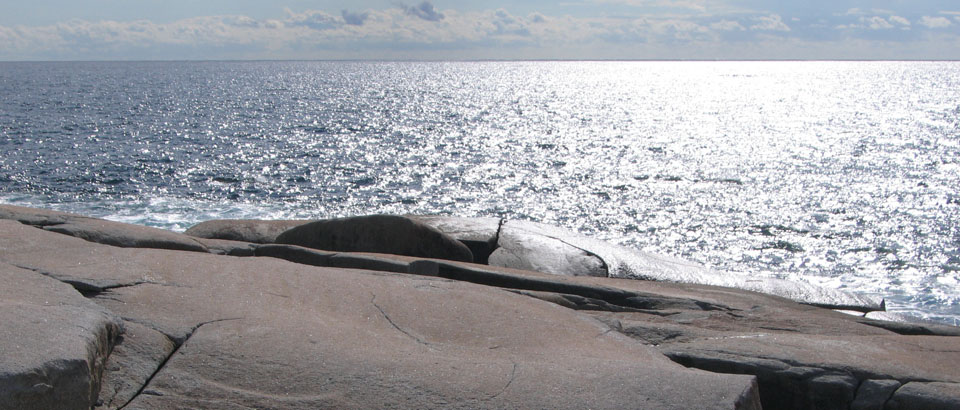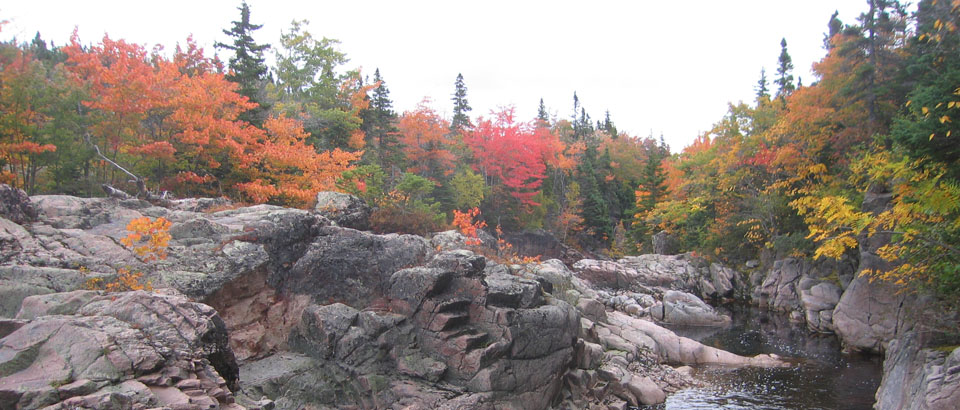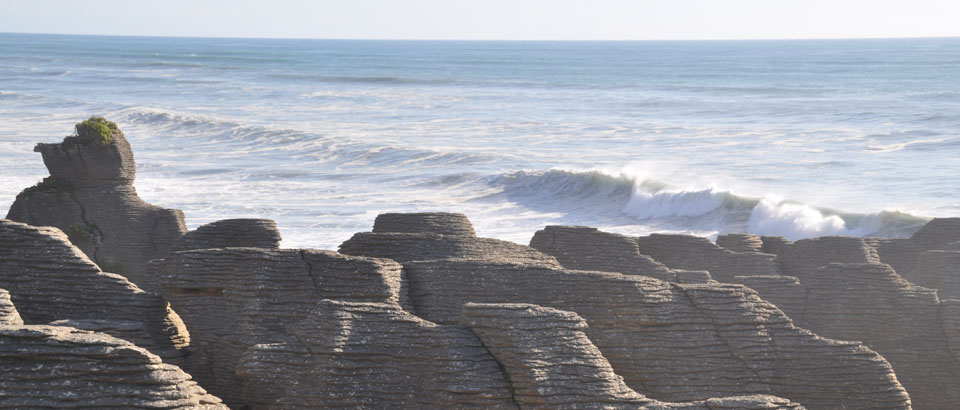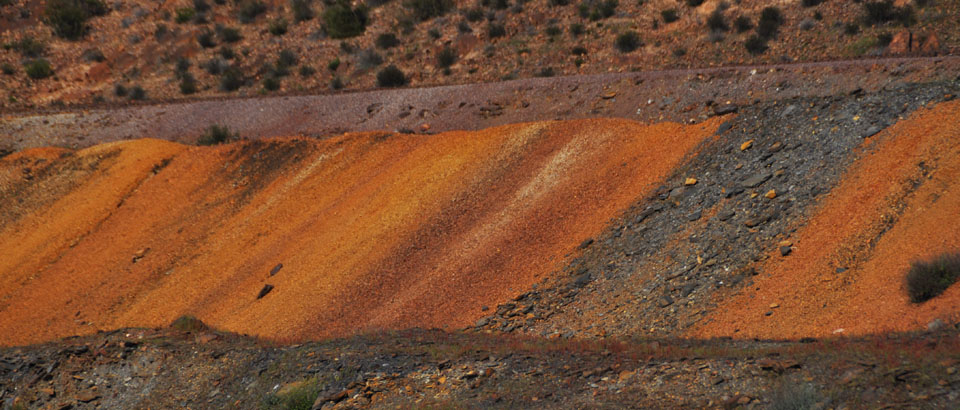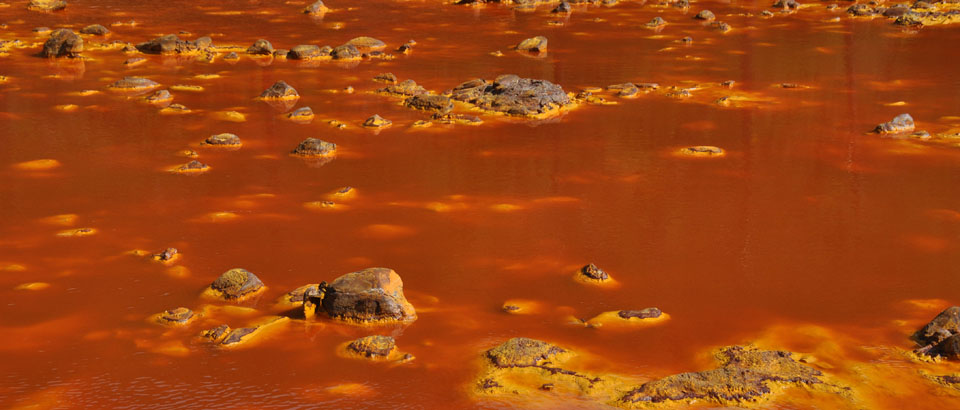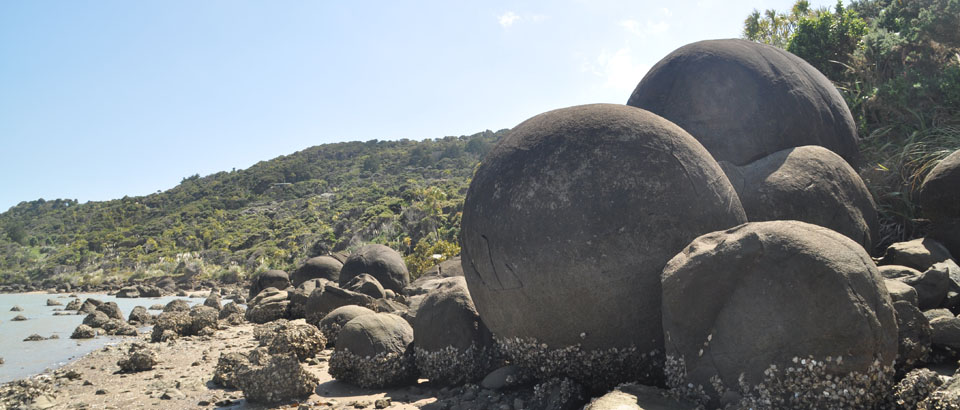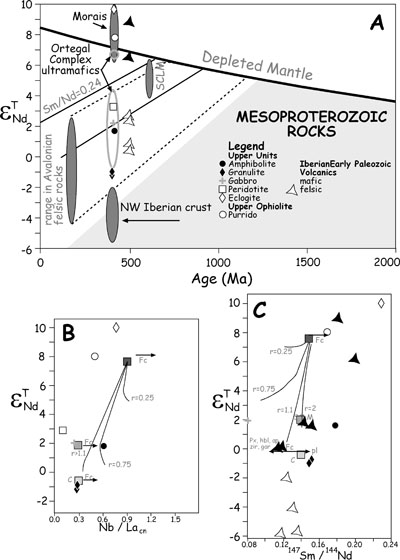The origin of the Variscan upper allochthons in the Ortegal Complex, northwestern Iberia: Sm-Nd isotopic constraints on the closure of the Rheic Ocean. J.B, Murphy , G. Gutiérrez-Alonso. 2008, Canadian Journal of Earth Sciences, 45, 651-668. DESCARGAR-DOWNLOAD.
RESUMEN-ABSTRACT
Northwestern Iberia preserves a stack of allochthons in which the vestiges of a suture zone generated during the Variscan orogeny by the late Paleozoic collision between Laurussia and Gondwana are exposed. Lower allochthons contain Ordovician ophiolite (known as the Lower Ophiolite), and are structurally overlain by Devonian ophiolite (Upper Ophiolite), which are in turn structurally overlain by allochthons containing high-grade metamorphic rocks with continental affinities and Late Cambrian – Early Ordovician protolith ages (known as the Upper Units). Geochemical and Sm–Nd isotopic data from the Upper Ophiolite and the structurally overlying Upper Units exposed in the Ortegal Complex of Galicia show that these allochthons are derived from a variety of mantle and crustal sources and indicate that the suture zone juxtaposes a variety of oceanic assemblages. The general isotopic characteristics of each assemblage are similar to allochthons in other Variscan complexes in NW Iberia suggesting that the allochthons are each derived from a common source and may be regionally extensive. One of the bodies mapped within the Upper Ophiolite (Purrido amphibolite) is a composite body that, in addition to recently identified Mesoproterozoic mafic rocks, is characterized by a juvenile signature at ca. 395 Ma that was chemically modified from coeval intra-oceanic subduction. The very high ϵNd of this Late Devonian ophiolite is typical of several penecontemporaneous ophiolites within the Variscan orogen including the Lizard Complex (Britain) and the Massif Central (France), suggesting derivation from a regionally extensive anomalous mantle characterized by time-integrated depletion in Nd relative to Sm. Paleozoic mafic rocks in the Upper Units have ϵNd values typical of Paleozoic mafic rocks in Avalonia, which are thought to have been derived from subcontinental lithospheric mantle (SCLM) that was enriched at ca. 1.0 Ga. They exhibit elevated Th/Yb and Ce/Yb relative to Ta/Yb suggesting that their composition has been contaminated by subduction zone components, although the age of this contamination is unclear. Felsic rocks in the Upper Units were derived by melting of Mesoproterozoic or older (West African?) crust. These data, when combined with other geologic constraints, including the outboard position of the Upper Units relative to the ophiolite, support the hypothesis that the Upper Units collectively represent a crustal fragment that drifted from Gondwana during the formation of the Rheic Ocean, was transferred to Laurussia in Silurian or early Devonian times, and was subsequently thrust over the Gondwanan margin during the closure of the Rheic Ocean and the Variscan orogenesis.


